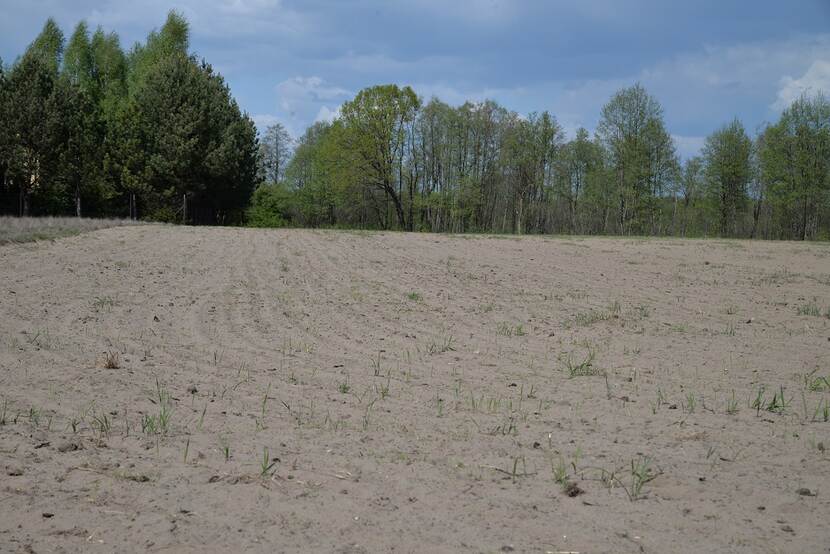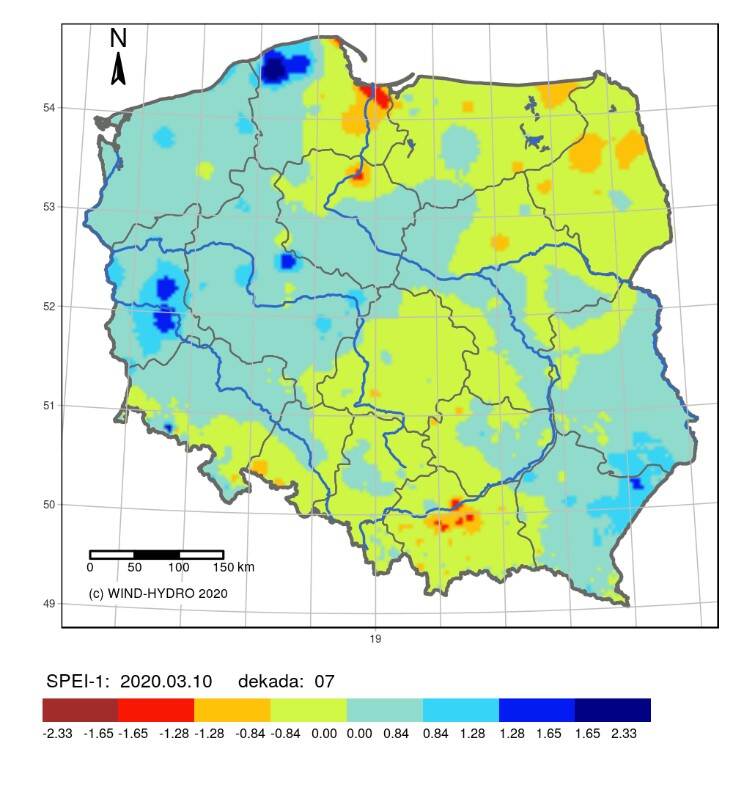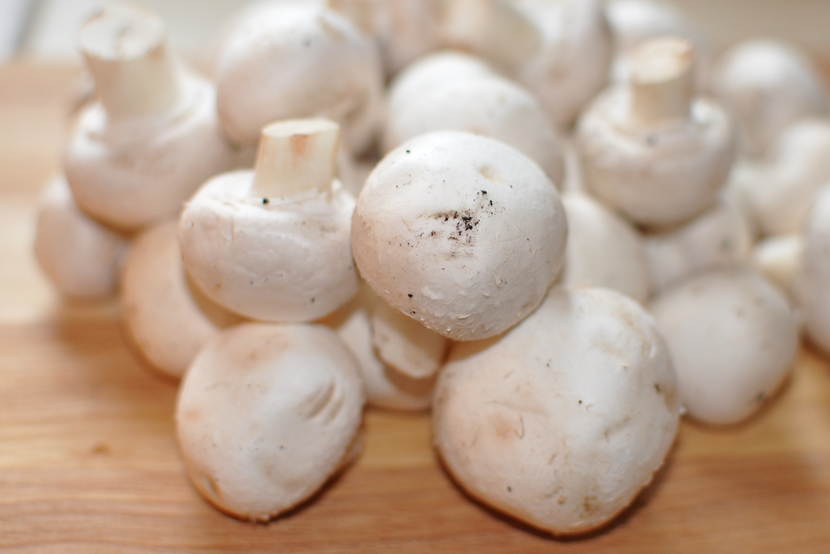Poland, brief agricultural news week 12, 2020
What happened in Poland last week? A brief overview of agricultural news.

Improved soil moisture situation in Poland
Polish monitoring of the amount of precipitation for the last period (from December 2019 to February 2020) indicates that the winter period was not rich in term
Polish monitoring of the amount of precipitation for the last period (from December 2019 to February 2020) indicates that the winter period was not rich in terms of precipitation sums.
In Wielkopolska, Kujawy and Lower Silesia, precipitation sum for December 2019 constituted only 40-60% of the multiannual norm. In January this year in the southern part of the country a rainfall deficit of over 50% compared to the norm of long-term rainfall was recorded.
However, considerable amount of rainfall was recorded in the country in February and March, which significantly improved soil moisture conditions. Currently, soil moisture in the surface layers of the soil profile up to 1 meter oscillates between 50 and 95% (data as of 18.03.2020). Thus, from the point of view of soil moisture parameters for the development of vegetation, including agricultural crops, currently the threat of agricultural drought has been minimized.
The following months, due to the spring rise in temperature - with a slight rainfall - may unfortunately reverse this condition. A preview of how sensitive the catchment system is to changes in rainfall gives a look at the conditions of rainfall efficiency over the last 30 days.
The summary of precipitation and evapotranspiration, i.e. the results of the standardized climate water balance (SPEI-1), agricultural drought might be observed for small fragments in the upper and lower Vistula basin and in north-eastern Poland, as indicated in the map below.


Organizational changes at the Polish Ministry of Agriculture
The newly created Department of Climate and Environment will carry out tasks on issues of environmental protection in rural areas, plant breeding and seed production, fertilization and assessment of its impact on the environment, protection of genetic resources, management of water resources, use of renewable energy sources, bioeconomy, the impact of climate change on the sector agriculture, registration of plant protection products, as well as digitization.
It is an internal adaptation of the Ministry to the challenges ahead: climate issues, changes in the natural environment, plant production, precision agriculture, selection of appropriate plants for appropriate soils and their mutual influence on water relations.
As the minister announced also the activity of the Department of Processing and Agricultural Markets will be expanded and the unit will carry out tasks related to agri-food processing, regulation of agricultural markets under the CAP and the markets of potatoes, spirit drinks, aromatized wine products, fermented wine drinks and beer.
The department's competence will also include issues related to the protection of agricultural land, including the use of agricultural land for non-agricultural purposes, spatial planning, agricultural surveying, land classification, technical means of production for agriculture, and shaping the technical infrastructure of the village.
The ministry consists of the Minister's Political Cabinet and 15 Departments:
- Animal Breeding and Production Safety;
- Security and Crisis Management;
- Budget and Finances;
- Food Quality and Plant Production Safety;
- Climate and Environment;
- Communication and Promotion;
- Rural Education and Policy;
- Area Payments;
- International Policy;
- Legal;
- Processing and Agricultural Markets;
- Land Affairs;
- Strategy, Knowledge Transfer and Innovation;
- Farmers' support;
- Common Agricultural Policy.
The new structure of the department also includes four offices: Administrative; The General Director; Control and Office of the Minister. The new structure of the Ministry of Agriculture has been introduced on 17 March.
Source: Agropolska

Poland is the largest producer of button mushrooms in EU
Poland is the largest producer of button mushrooms in Europe and one of the leaders in the world, the country sells over half of the European Union's export, the Polish Economic Institute (PIE) has said.
According to PIE, the domestic consumption is one of the lowest in European Union.
The statistics confirm that button mushrooms have been one of Poland's export hits for many years. "Since Poland's accession to the EU, there has been an annual increase in the export of mushrooms," PIE said in its report.
In 2004, domestic producers sold 87,000 tonnes of mushrooms abroad worth EUR 101 million, while in 2018 exports increased to nearly 236,000 tonnes worth EUR 354.5 mln.
Button mushroom buyers abroad willingly buy the product because of the price, which is lower than the price offered by other Eastern European producers. Also the quality of the Polish mushrooms bring more consumers, as they are picked by hand.
According to Eurostat, the EU's statistics agency, in the first eleven months of 2019, the export of button mushrooms from 27 EU states stood at EUR 650 million. Poland was placed first on the list of EU's exporters having 50.1 percent (EUR 326 mln) share of the market.
The largest EU recipient of Polish button mushrooms was Germany, which bought over 42,000 tonnes worth EUR 77.6 million. Second place was taken by France, whose customers bought 27,300 tonnes worth EUR 45.5 million.
Source: PAP